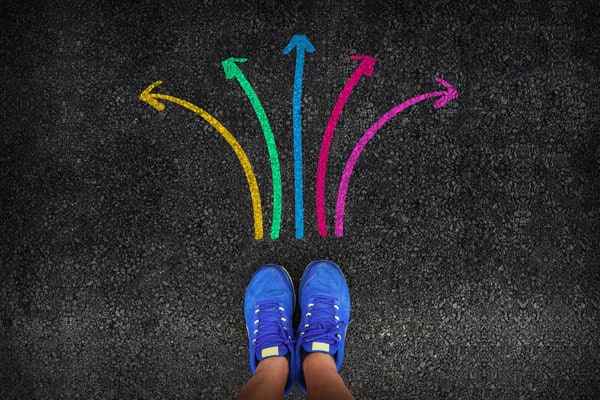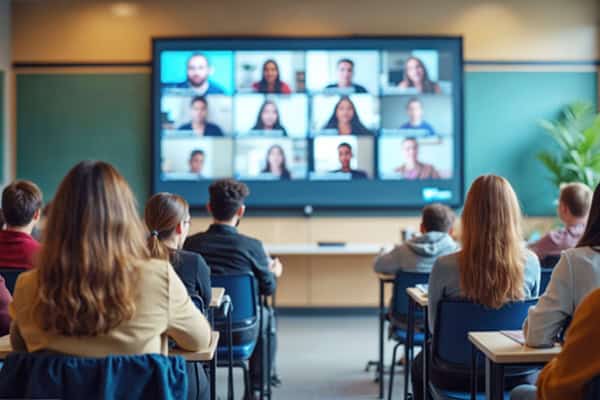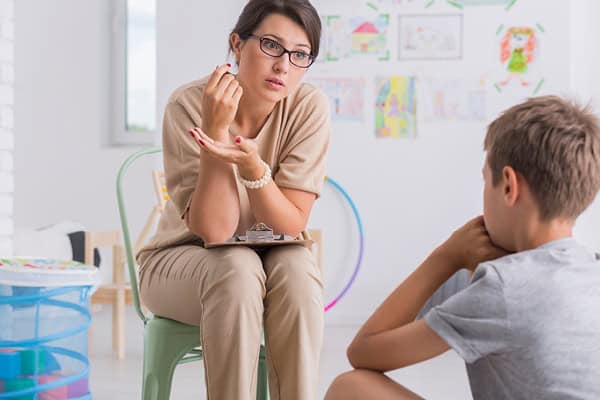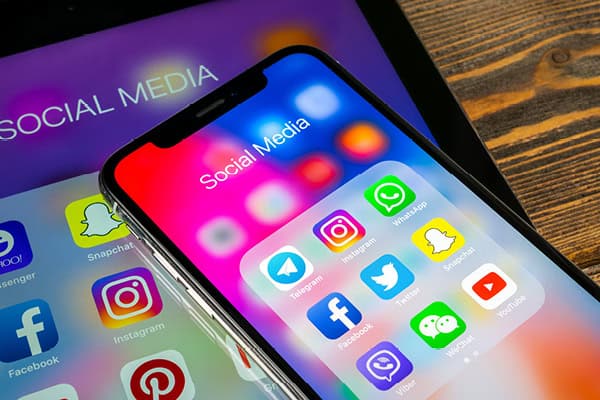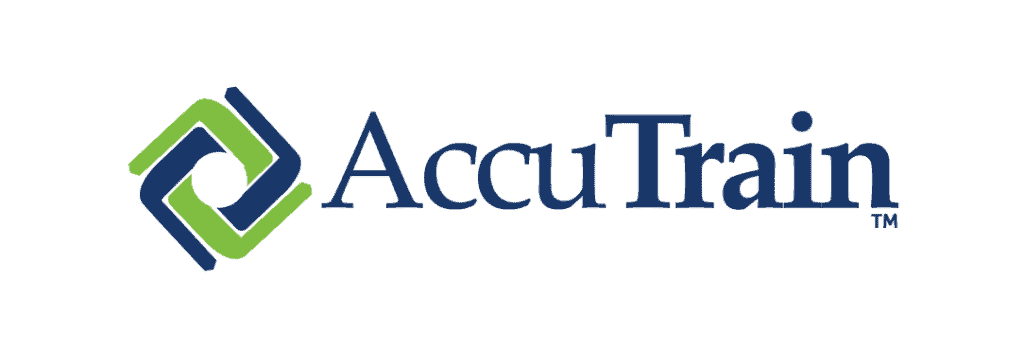“According to the Post Graduation Readiness Report by YouScience, 83 percent of students cannot connect the skills from school to future employment,” writes Amy Nakamoto of Discovery Education in eSchool News.
“Recent research shows that 88 percent of district leaders, teachers, parents and students rate life skills as very important, but only 57 percent of students believe their schools adequately teach the life skills needed for future success.
“Here are three ways to help students connect their education to potential careers beyond the classroom:
1) Expand students’ career horizons with digital tools
“New digital platforms like Career Connect have the power to expand students’ career horizons, no matter where they are. Through Career Connect, professionals from a wide range of industries virtually visit classrooms, sharing not only their unique career path, but also how the lessons students learn today can transform into real-world applications.
“These interactions make life beyond graduation tangible and inspire curiosity, making classroom lessons timelier and more relevant. These types of digital tools give corporate partners meaningful ways to engage with the next generation of talent, creating a win-win scenario for education and industry.”
2) Expand industry partnerships
“Collaboration between schools and industry leaders has already begun to take root, but in 2025 these efforts will reach new heights. Industry coalitions, technology companies, and local businesses are increasingly recognizing the shared benefits of deeper alignment with schools. We can expect programs connecting students to internships, mentor relationships, and experiential learning opportunities to grow significantly in the coming year.
“Verizon Innovative Learning Schools is a good example of this approach. The program brings together schools and districts with Verizon, edtech organizations, and the nonprofit Digital Promise to get internet-connected devices and high-quality learning resources into the hands of students, which enhances how teachers use technology in the classroom. During the past decade, Verizon Innovative Learning has transformed learning experiences for more than three million students by providing schools and districts with tools needed to thrive in the digital world and bridge the digital divide.
“Another powerful example is the STEM Careers Coalition, an alliance of industries and nonprofit organizations collaborating to create equitable access to free STEM content and career connections. With partners like COX, United Airlines, Nucor, LyondellBasell, and many others, the Coalition helps students develop the skills and knowledge needed to succeed in college and a career through high-quality classroom resources, career exploration tools, after-school activities, digital content, and more. Since 2019, the STEM Careers Coalition has reached more than 10.7 million students ahead of the 2025 goal.”
3) Redefine experiential learning
“Coding boot camps and community-based apprenticeship programs are redefining experiential learning by promoting hands-on lessons that help students build practical, transferable skills. Going beyond traditional career days or field trips, experiential programs now emphasize sustained engagement. For example, For the Win Robotics helps schools and educators incorporate drones and drone technology into lessons for project-based and hands-on learning that is both educational and fun.
“Many schools are already creating programs to connect with local businesses, with some states mandating these activities, as well as federal initiatives like the Invest in America Act. Examples include technology academies embedded within schools that enable students to take on real-world challenges such as designing apps for local businesses or solving environmental issues through STEM solutions.
Career-readiness calls for collaboration
“One central truth underpins all these innovations: No single entity can close the career-readiness gap alone. Success depends on collaborative efforts between schools, edtech companies, and businesses to align resources, expertise, and vision.
“Career readiness is not just a buzzword — it’s a critical measure of our education system’s relevance in an increasingly complex world. By thoughtfully implementing innovative tools, fostering meaningful partnerships, and prioritizing collaboration, we can help every student envision–and realize–a future where their skills and ambitions align.
“As new technologies emerge and career demands evolve, what students are taught in school must change alongside them. By centering resources and curriculum around career readiness, educators can spark students’ curiosity about their futures. Going forward, I predict a stronger push to empower students with the tools and resources they need to transform school lessons into future career opportunities.”
eSchool News
